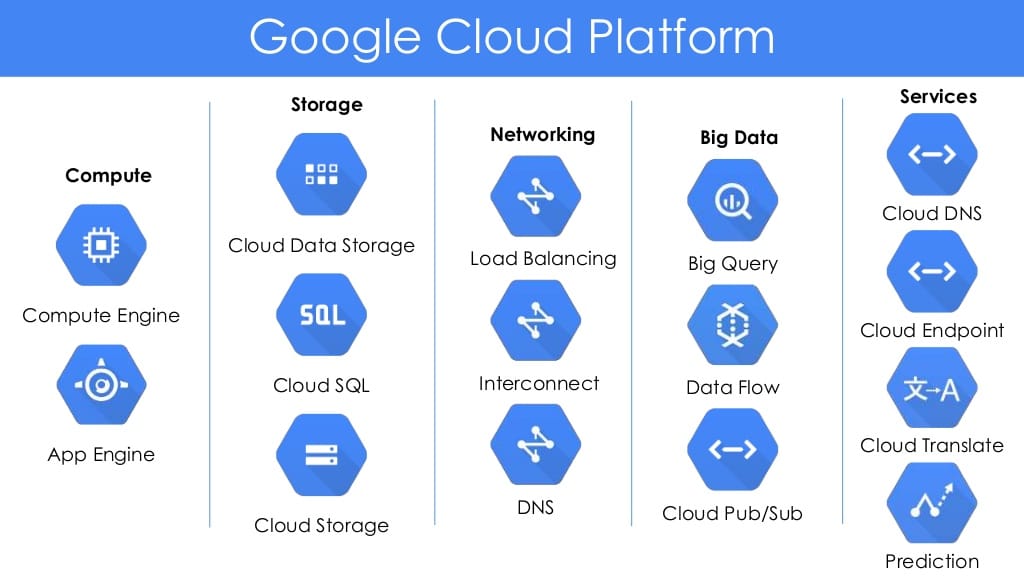Stay Upgraded with the Cloud Services Press Release: Trends and Growths
Stay Upgraded with the Cloud Services Press Release: Trends and Growths
Blog Article
Achieve Seamless Scalability With Cloud Provider
In the ever-evolving landscape of cloud services, accomplishing smooth scalability stands as a cornerstone for modern organizations looking for to remain affordable and versatile. The capacity to easily broaden or acquire sources in reaction to transforming demands is a critical advantage in today's fast-paced electronic environment. By grasping the art of scalable cloud solutions, companies can not only optimize efficiency and streamline operations but also lead the means for future growth and technology. The mission for smooth scalability with cloud solutions introduces a world of opportunities for those willing to welcome the transformative power of vibrant source monitoring.
Advantages of Cloud Scalability
Cloud scalability supplies companies the flexibility to dynamically adjust resources based on need, ensuring ideal performance and expense performance. Additionally, cloud scalability advertises technology and trial and error by permitting services to easily check new concepts and scale them as needed. Inevitably, the benefits of cloud scalability extend beyond price savings to encompass improved performance, dexterity, and advancement.
Secret Features for Scaling
Efficient scaling in cloud services counts on crucial functions that make it possible for organizations to change sources dynamically based on need. One vital attribute for scaling is flexibility, permitting resources to scale up or down in action to varying work. This ensures that companies can meet efficiency requirements without over-provisioning resources. Another crucial attribute is scalability, allowing systems to manage increased workload by adding resources flawlessly. This feature is vital for accommodating growth without endangering performance. Additionally, automation plays an essential duty in scaling by automating the provisioning and de-provisioning of sources based on predefined policies. Automation lowers human treatment, boosts performance, and ensures fast feedback to transforming needs. Surveillance and analytics tools are also crucial for scaling, supplying insights into source utilization, performance metrics, and possible traffic jams. These tools enable organizations to optimize and make enlightened choices source appropriation for reliable scaling. On the whole, these vital functions jointly equip organizations to accomplish smooth scalability in cloud solutions.
Implementing Auto-Scaling Strategies
To properly optimize resource allowance and adjust to varying workloads, organizations must purposefully apply auto-scaling techniques in their cloud services facilities. Auto-scaling allows systems to automatically change the number of calculate resources based on real-time need. There are numerous auto-scaling methods that companies can employ, such as predictive scaling, which utilizes historical information to anticipate future source needs, and responsive scaling, which reacts to current work changes.

Finest Practices for Scalability
For companies intending to boost their scalability in cloud services, applying ideal methods is important for optimum efficiency and source management. One key ideal technique is designing applications with a microservices architecture. This approach breaks down applications into smaller sized, independent solutions that can be released, updated, and scaled independently, permitting higher versatility and scalability.
One more vital method is using containerization technology, such as Docker or Kubernetes. Containers make it possible for the packaging of applications and their dependencies right into separated systems, making it much easier to scale components separately and release them constantly across different environments.
Furthermore, applying automated implementation and infrastructure as code (IaC) can enhance scalability initiatives (linkdaddy cloud services). Automation tools like Terraform or Cloud Services Ansible aid in provisioning and managing resources successfully, reducing hand-operated mistakes and enabling fast scalability
Moreover, checking efficiency metrics, establishing notifies, and conducting normal capability preparation are important practices to make certain positive scalability monitoring. By sticking to these ideal practices, organizations can attain seamless scalability in their cloud services while maximizing performance and resource usage.
Tracking Performance Metrics
When evaluating the performance of cloud services scalability, closely keeping track of performance metrics is imperative for making sure ideal functionality and resource appropriation. By continually tracking essential performance signs (KPIs) such as feedback times, throughput, latency, and source use, companies can gain important insights right into the health and performance of their cloud framework. Keeping an eye on efficiency metrics enables the early detection of potential bottlenecks or issues that might impact scalability, enabling proactive measures to be required to address them prior to they intensify.

Final Thought
Finally, accomplishing smooth scalability with cloud services is necessary for organizations to enhance efficiency, boost advancement, and preserve high performance levels throughout peak times. By leveraging the advantages of cloud scalability, applying auto-scaling strategies, making use of crucial attributes such as flexibility and automation, and adhering to finest practices like application layout and performance surveillance, services can effectively scale their systems while optimizing resource usage and efficiency.
The quest for smooth scalability with cloud solutions reveals a globe of possibilities for those eager to embrace the transformative power of dynamic source administration.
Cloud scalability uses organizations the flexibility to dynamically adjust sources based on need, making certain optimum efficiency and expense performance. An additional vital feature is scalability, allowing systems to take care of boosted work by adding sources seamlessly.For companies intending to improve their scalability in cloud services, carrying out ideal techniques is crucial for optimal efficiency and resource monitoring.When evaluating the efficiency of cloud services scalability, carefully keeping an eye on efficiency metrics is imperative for making sure optimal functionality and resource allowance.
Report this page